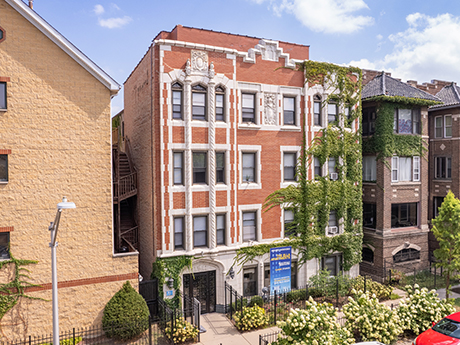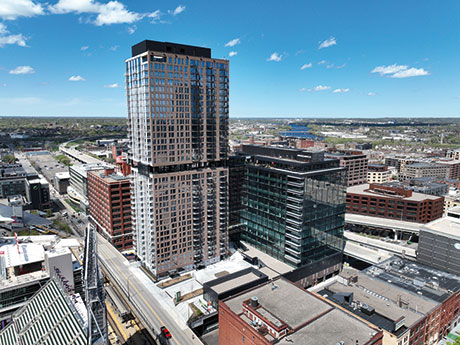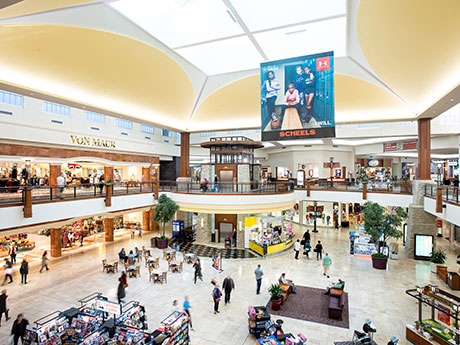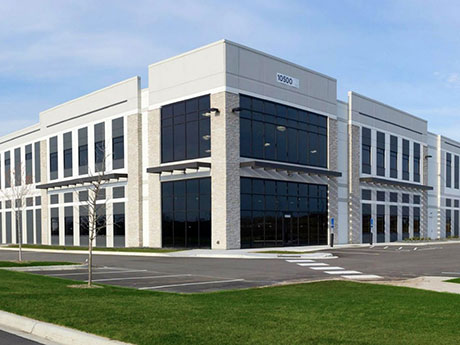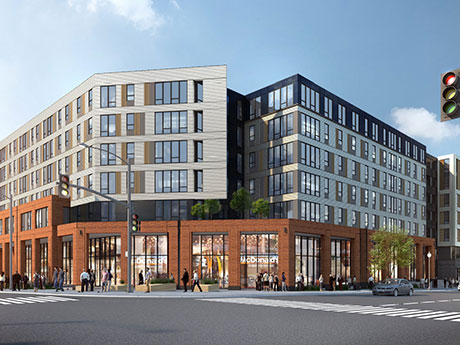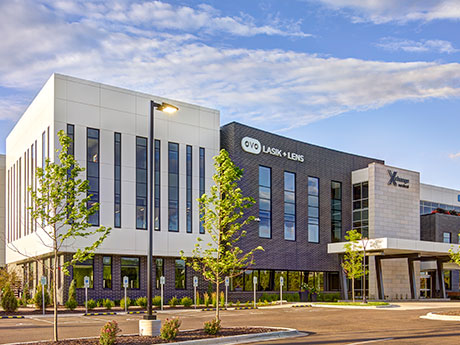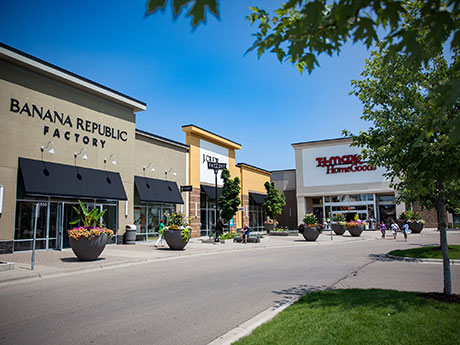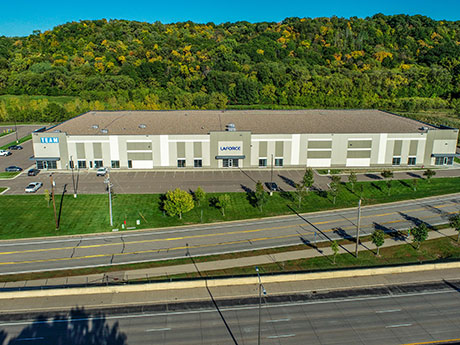By Lee Kiser, Kiser Group Multifamily real estate investment in the Midwest in 2025 presents a compelling opportunity, driven by strong fundamentals, favorable market dynamics and emerging trends. Here’s an overview of the key trends and outlook. Strong rent growth Midwestern cities are experiencing some of the fastest rent increases in the nation. Cleveland leads with a 5.1 percent year-over-year rent growth, while other metros like Chicago, Kansas City and Detroit rank among the top 10 for rent gains, outperforming the national average. This surge is attributed to steady demand and limited new supply, allowing landlords to continue raising rents. Much of the rent growth is due to declining construction activity. Nationally, multifamily construction is expected to decline by 11 percent in 2025, with completions projected to fall to 317,000 units. The Midwest has a significantly smaller pipeline than the national statistics, with only 3.4 percent of inventory currently under construction versus 6 percent nationally. Workforce housing stock The Midwest is recognized for its affordability, with monthly multifamily rents averaging $1,405, which is lower than the national average of $1,823 and more than 10 percent less than the Sun Belt average. Midwest transaction velocity is shifting toward Class B and …
Market Reports
By Michael Gelfman, Colliers Like many major cities across the U.S., the Minneapolis-St. Paul office market remains soft while office users continue to adjust to the shifting dynamics of work brought on by the global pandemic. The gap between performing and non-performing buildings, driven by challenging debt markets, evaporation of building owners’ equity and the impact of hybrid work on office space demand, is growing. Building owners are faced with difficult and often expensive decisions: spend what’s needed to create a highly amenitized environment (necessary to compete) that attracts tenants and draws employees back to the office or face a race to the bottom. For tenants in the market, this perfect storm has created unprecedented opportunity. Hybrid work is here to stay For the last several years, many have wondered where the office market in Minneapolis-St. Paul was heading. The pandemic fundamentally changed the way companies use office space — was hybrid work a temporary solution to a once-in-a-lifetime event or was it here to stay? Today we know the answer: hybrid work is here to stay. As a result of this seismic shift, some of which is due in part to artificial intelligence, many tenants over the last few …
By Louis Suarez, Misty Bowe and Brian Bruggeman, Colliers The Twin Cities medical real estate market has experienced many different phases over the last few years, reflecting the region’s journey toward post-pandemic recovery. Currently, this sector is experiencing a notable shift that is fueled by rising vacancy rates for on-campus hospital properties contrasted with a low vacancy rate of 4.9 percent for off-campus medical buildings. This shift is significantly influenced by the push to outpatient surgery centers, ongoing financial pressures and consolidation trends. Additionally, experts in this region are predicting a scarcity of new medical building supply in 2024, which is expected to exert ongoing pressure on rental rates for existing medical office space, despite the stabilization of interest rates that is anticipated to come later this year. As of the fourth quarter of 2023, the current construction pipeline consists of a mere 84,000 square feet, all of which is spoken for with no additional supply projected to come to market in the next year, which is a nearly 80 percent decrease year-over-year. The dramatic increase in interest rates, rising construction costs and capital constraints have pushed asking rents for new proposed projects to well above $30 per square foot …
By Tricia Pitchford and Amy Senn, Mid-America Real Estate A strong regional economy continues to propel the retail real estate market in Minneapolis heading into the fall. Unemployment remains lower than the national average, though up from last year’s remarkable sub-2 percent. New jobs are being created at a nice clip. At the same time, retail real estate space is tight, with limited new construction. Well-located spaces are being re-tenanted quickly. The same is generally true for B and C locations. Rents are flat to increasing. Higher construction costs continue to hamper tenant expansion. Although the macroeconomy is slowing, consumers are proving resilient, with a large appetite (pun intended) for quick-service restaurants and personal services, in particular. Where’s the most action? Suburban trade areas are seeing most of the activity across the metro area. Maple Grove, Woodbury, Edina and Roseville are among the strongest submarkets. A couple of urban trade areas, namely the North Loop warehouse district and Northeast Minneapolis, stand out for their growing appeal as arts, entertainment and dining districts. (Yes, we have hipsters in the Twin Cities.) Generally infill and redevelopment opportunities are more time-consuming and costly to execute than ground-up development, but that’s not stopping the …
By David Berglund, JLL The Minneapolis-St. Paul industrial real estate market continues to show strength as tenant demand and leasing activity keep vacancies low and absorption steady. In the second quarter of 2023, there were more than 4 million square feet of leasing and 523,641 square feet of net absorption, which pushed vacancy rates down slightly to 3.6 percent. In addition, roughly 800,000 square feet of speculative development was removed from the market. Currently, there is just 2.7 square foot of available space for every square foot of tenant demand. Year-to-date absorption was nearly 2 million square feet, led by the Northwest submarket with nearly 1.3 million square feet of that total since January. The Northwest submarket has been leading in absorption in four of the past six quarters. Asking rents increased to $6.21 per square foot and first-year rents continued to climb to $9.13 per square foot, reflecting an 11.5 percent growth over 2022. With very low vacancy and limited supply coming, we are continuing to see favorable conditions for landlords in the Twin Cites industrial market. New high-water marks for rents will likely continue into 2024. Investment sales, however, tapered off significantly as the impact of several incremental …
By Jeff Budish, Northmarq Three years in, and the COVID-19 pandemic has immensely altered how multifamily and commercial properties are utilized, located and valued. Now with interest rate changes, all product types have seen a hit from the change in the cost of capital. While challenges are on the horizon, Midwest markets, including Minneapolis-St. Paul, should see less shake up than elsewhere. Despite rising interest rates, recession worries and nagging inflation, the Twin Cities multifamily sector is resilient. Vacancies remain low, demand is outpacing supply and rents are solid. Year over year, apartment rents in the Twin Cities area are up 5 percent. While COVID changed the dynamics of all product types, it explicitly impacted multifamily. The increase in remote work meant employees were not tethered to a physical office. Many people moved away from their workplaces in densely populated areas to the suburbs. However, Minneapolis and St. Paul proper generally saw net outbound demographic shifts. Valuations over the past two years therefore didn’t include additional inflated pricing based on speculation of continual inbound movement. There is also soaring demand for apartments due to an increase in the number of Americans living on their own, roommate-free. In an AvalonBay public …
By Jill Rasmussen, Davis The Minneapolis – St. Paul medical office building (MOB) market remains strong with calculated strategic growth from both hospital systems and independent clinics. The MOB sector has been resilient during the pandemic, economic challenges and local civil unrest. Providers have been focused on expanding into new market areas to locate close to their patient base, providing full-service medical hubs offering outpatient surgery and specialty services to communities while offering lower-cost care away from a hospital campus. The overall market remains very stable with a current vacancy rate of 8.6 percent on-campus and 10.6 percent off-campus. There remains high interest in off-campus locations for most non-acute care for location access and cost savings. Base rents continue to increase both on- and off-campus due to demand and higher new construction pricing. Base rates have reached nearly $22 per rentable square foot (rsf) on average on-campus and $21/rsf for off-campus existing product. New MOB construction rates have increased from $24.50/rsf to $28+/rsf due to interest rate hikes and supply chain/labor issues, but new construction projects continue to move ahead based on provider’s strategic initiatives. Annual base rent increases are trending up due to current inflation levels from a historical …
By Jesseka Doherty and Johnny Reimann, Mid-America Real Estate The fundamental strength of the metro Minneapolis economy is on full display in the suburban retail real estate market this summer, where space is tight, new supply is limited, rents are on the rise and construction costs continue to challenge tenants and landlords alike. The macroeconomic picture in the first half of the year was stunning, actually. For the second quarter that ended June 30, the unemployment rate was a remarkable sub-2 percent, which was even lower than the national level of about 4 percent, and consumer spending was robust. Urban submarkets have been more challenged, but even in the Minneapolis central business district, retail rents are holding up as the office market shows stability. Driving demand With work-from-home still a factor, remote employees who live in the suburbs often are more inclined to shop, dine and play close to home, which bodes well for retail in proximity. Across key trade areas, retailers and other tenants in regional and community centers are more in demand than ever. Submarkets faring well include Apple Valley, Burnsville, Coon Rapids, Eagan, Maple Grove, Roseville and Woodbury. The densification of the suburbs also is driving demand …
2021 has been an absolute whirlwind for the Minneapolis-St. Paul (MSP) industrial market. Plunging cap rates, liquidity growing faster than ever and a sharply felt shortage of new supply have defined the last year and will continue to define 2022. New faces on the development side are entering the market right and left to capture the huge profits to be had from the supply/demand imbalance. New construction has been stabilizing in six to eight months and institutions have ear-marked MSP as a forward-sale market. The following are a few of the salient trends that should be considered when contemplating the MSP industrial market. Liquidity growth Since the last trough in 2016, the MSP industrial market has experienced an average 30 percent year-over-year growth in sales volume. 2021 experienced nearly half a billion dollars more in industrial investment sales than 2020, according to Real Capital Analytics. Cap rate compression Over the last year, the MSP industrial market has experienced change unlike in any other year. Entering 2021, the low-water stabilized cap rate was 5.15 percent, but by year-end, that had sunk 82 basis points to 4.33 percent. Warehouse rates in the $8 to $9 NNN range, once rare, are now commonplace; …
The metro Minneapolis retail real estate market is healthy overall coming out of 2021, with suburban submarkets on fire in many cases and urban submarkets generally subdued. A major overhang of supply was absorbed across the region last year as construction slowed dramatically, pushing retail vacancies down, rents up and sales prices of single and multi-tenant assets higher overall. It’s a testament to the market’s overall stability and resilience given the multiple waves of COVID, and events surrounding the George Floyd case that was prosecuted last year in the city. Work-from-home effect With many white-collar professionals still working from home and the center-cities tougher on mask mandates and vaccine requirements, the suburbs have shone the brightest. Vacancies were as low as 6 percent in some areas, with the overall market at 8.2 percent at year-end, according to the Minnesota Commercial Association of Real Estate/Realtors (MNCAR). Among the strongest performing submarkets have been Apple Valley, Maple Grove, Coon Rapids and Woodbury. The metro’s eight regional malls are generally faring well, unlike in some other markets across the U.S. that are more over-supplied. That said, there’s some adaptive reuse going on, including in the northwest suburb of Maple Grove where a freestanding …
Newer Posts


